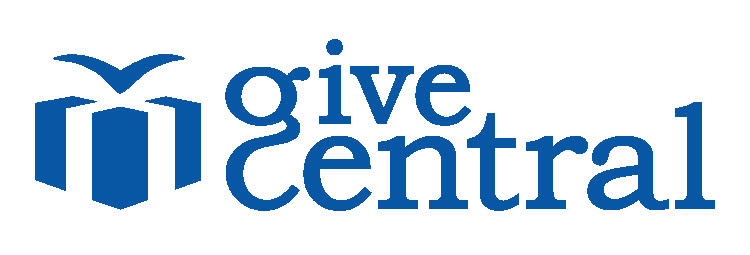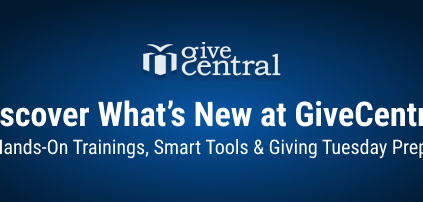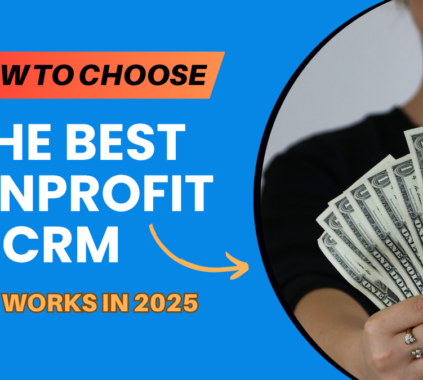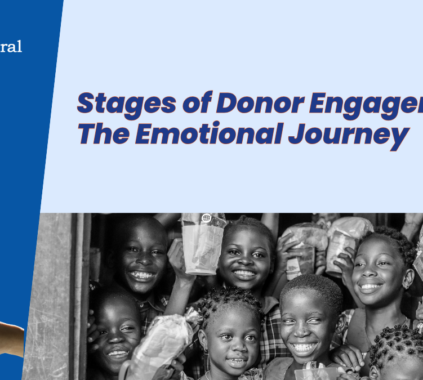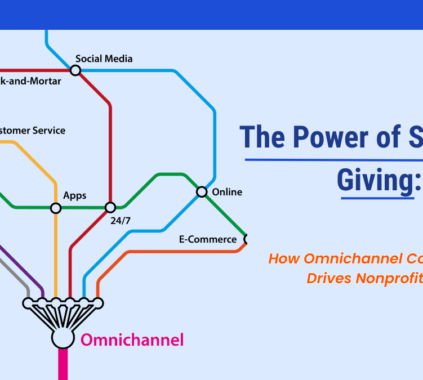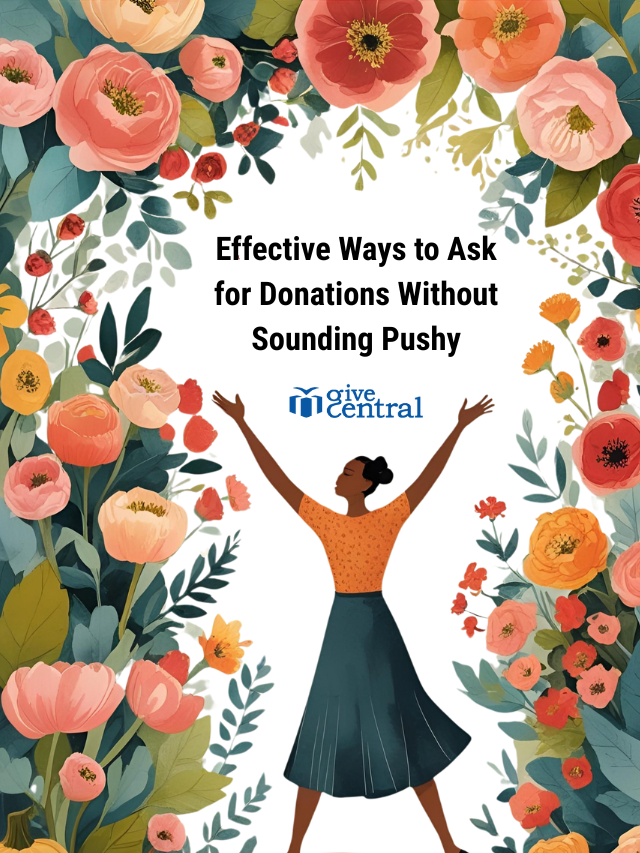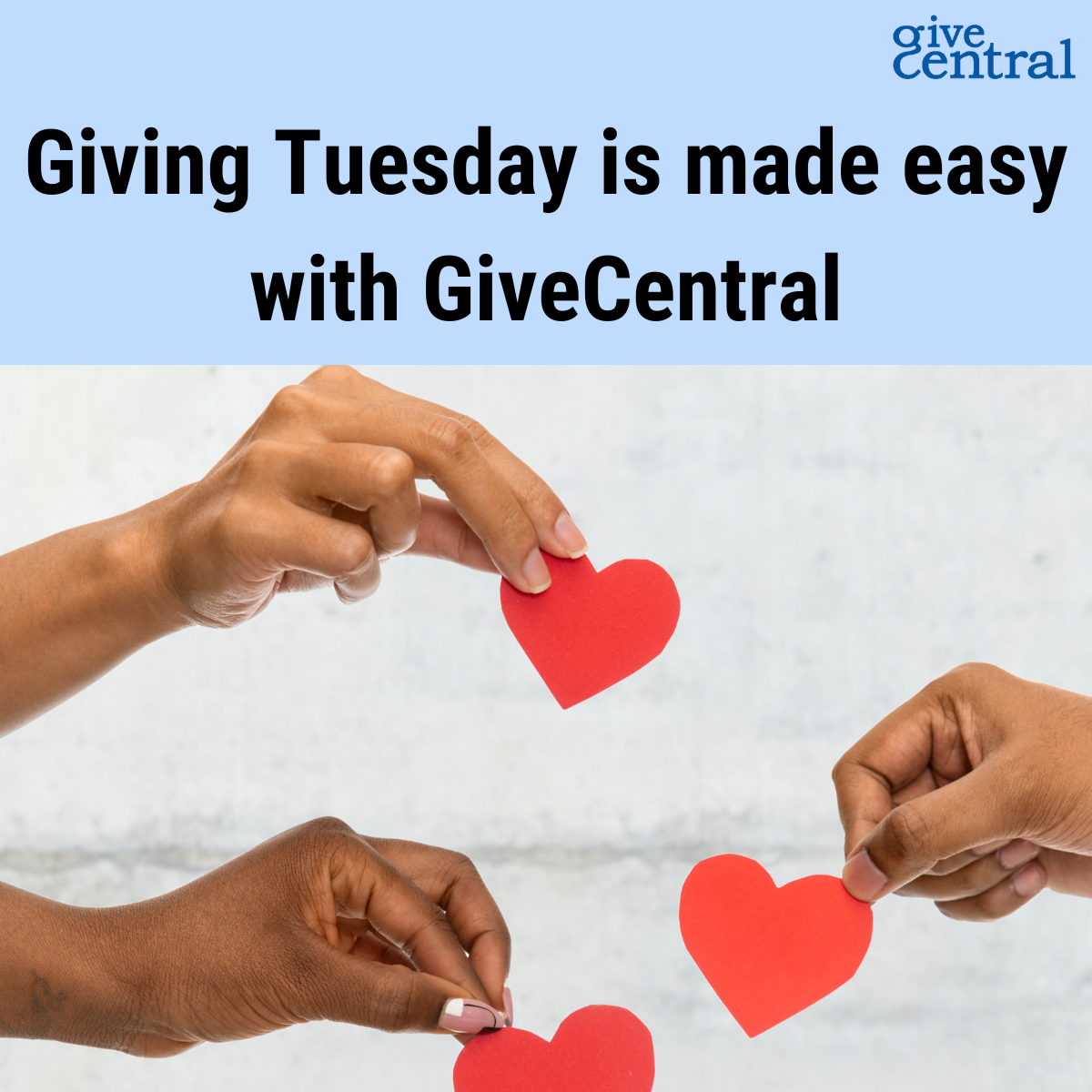Social media is emerging as one of the most used platforms right now, mainly because the majority of the world’s population is staying home and keeping up through social media. The social media checklist will help you channel your campaign in a manner that will best suit the goals of your organization
As per GlobalWebIndex, an average of 2 hours and 22 minutes is being spent on social networks and messaging by each person. Fundraising for nonprofits today requires a thorough understanding of how social media works. While 50% of social media users research services and products through different social media platforms, it is also important to note that 44% of users do not tweet but rather use Twitter to read other people’s tweets.
Keeping these facts in mind, nonprofit organizations should create a social media campaign that not only catches the attention of the audience but creates a culture of repeated engagement with donors. This social media checklist will help you channel your campaign in a manner that will best suit the goals of your organization.
Well defined goal
In any kind of campaign, outlining of goals is of utmost importance. It is so because you plan every activity around that one goal, all performances and results will be measured around the goal of your campaign. As for social media, there are a few questions that you must answer in order to be clear about the ideal path and direction.
- Who will be interested in your campaign?
- Why will people listen to your nonprofit and why will they be interested in your cause?
- What makes you stand out from other nonprofit organizations that are working for equally noble causes?
- What does fundraising for nonprofits mean to you?
Know your target audience
Once you have outlined your goals and answered the above questions, start getting to know your audience if you haven’t already. Make use of platforms such as Instagram to conduct polls on the likes and dislikes of your audience. Your organization should be able to identify the demographics for your campaign, from age groups to locations. Interact with your audience and pick the best platform for your campaign, find out where your audience is most active. Select your channel after thorough research.
Create your content strategy
One common practice in social media marketing is to divide your content into three different categories, namely the 3 As. Having these categories will help you segregate your content and thus avoid repetition of the same kind of posts overall.
- Appreciation: This is the section of your content that addresses your audience. Your nonprofit must be goal-oriented, think ahead on how you can foster your existing relationship with your donors and supporters. For example, you can give a shout-out to your partners, highlight your donors talk about the major roles that they played, and compliment your volunteers. Generate engagement by hosting contests for your donors, you can always invite participation.
- Assertion: This could also be called advocacy, your posts should talk about the issues that you intend to tackle and solve. The main objective here is to spread awareness about your cause and increase its visibility.
- Appeals: Then comes your call to action. Social media platforms such as Facebook and Instagram, among others, are simplifying the process of donation through buttons and stickers on their profile pages. Your nonprofit can benefit from these features by clubbing them with authentic posts that will lead your audience to a fundraising page on your website.
In case your nonprofit wants to get interesting content ideas, you can always check out our Social Communications Toolkit. These amazing ideas should get you started well and good.
Organized schedule and results
Rather than posting as and when time permits, learn to follow a schedule. You must pay attention to the interval at which you post your content, the times and day of publishing a post can also have an impact on the results of your campaign. For example, tweeting 15 times a day shows the best results as most retweets happen within an hour after tweeting. Speaking about results, it is very important to keep track of your campaign’s performance daily, that way you’ll know if you’re moving towards your goal. Make use of a post calendar to be better organized. Also, your nonprofit must keep track of important dates to help you with your schedule. GiveCentral has created a content calendar for September that could help make your work easier.
Involve your team
Your team is important, not just your board members and staff but also your volunteers. From the beginning of your campaign to the very end of it, involve your team and create an environment of great teamwork. From planning and promotions to execution and monitoring, everybody can help as long as you are delegating tasks in a proper way. Organize your team better by maintaining a task management sheet and making sure that it is being updated regularly.
Online fundraising for nonprofits through social media can be a challenging process and it is normal for issues to arise. But if planned well, your nonprofit will have a solution to every problem, you just have to be well prepared. This is your moment to tell your story, and your cause and gather the maximum support.
checklist Content Strategy Facebook instagram nonprofit fundraising Social Media twitter
Last modified: December 20, 2024
